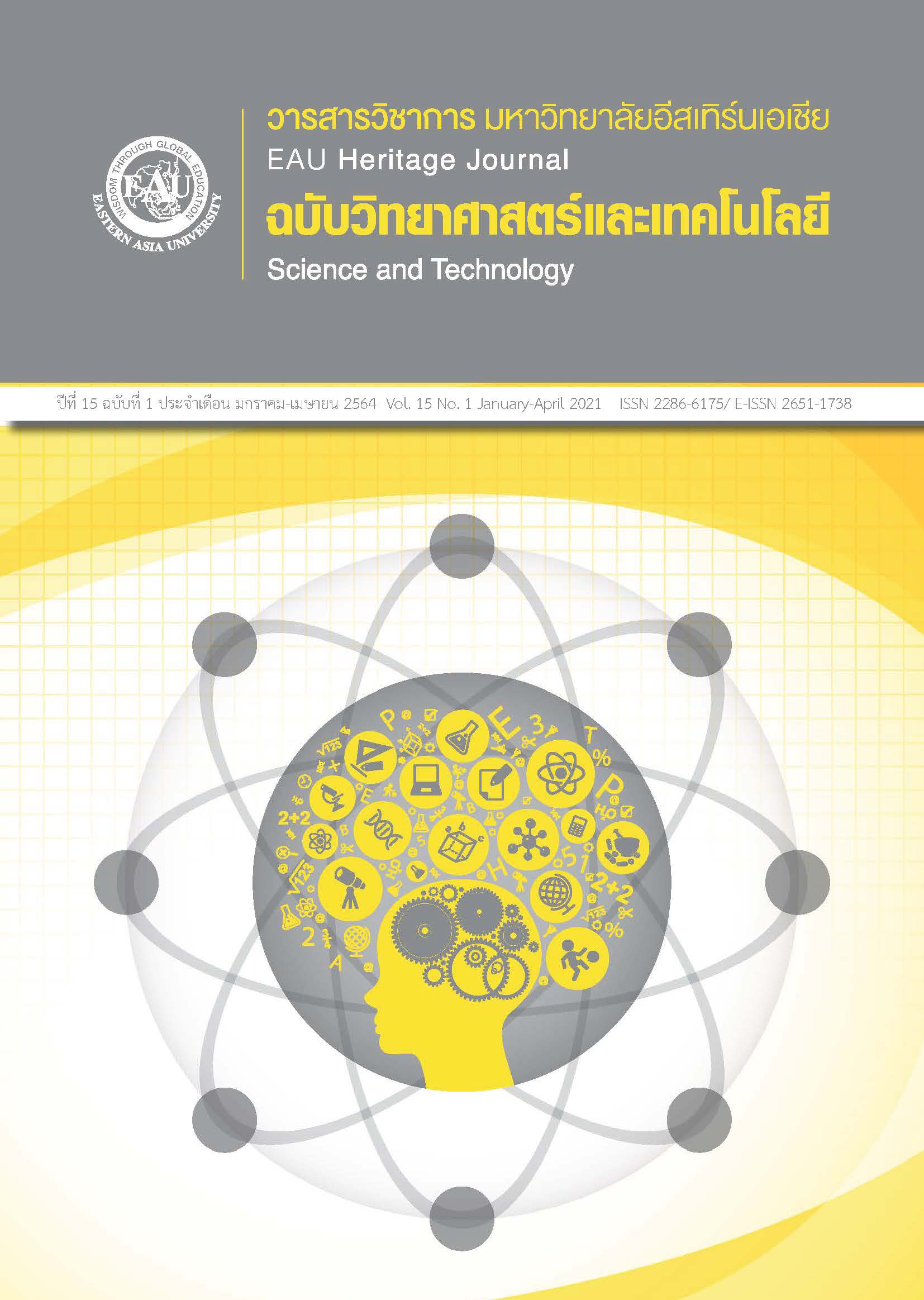การเพิ่มประสิทธิภาพของฉลากช่วยรูปภาพด้วยสัญลักษณ์อินโฟกราฟิกและผลของความเข้าใจเกี่ยวกับอาการข้างเคียงและวิธีการใช้ยาสำหรับผู้ป่วย
คำสำคัญ:
ฉลากช่วยรูปภาพ, อินโฟกราฟิก, อาการข้างเคียง, วิธีการใช้ยาบทคัดย่อ
การวิจัยครั้งนี้ เป็นการศึกษาเชิงทดลอง มีวัตถุประสงค์เพื่อเพิ่มประสิทธิภาพของการใช้ฉลากช่วยด้วยสัญลักษณ์อินโฟ-กราฟิก และประเมินความเข้าใจเกี่ยวกับอาการข้างเคียงและวิธีการใช้ยาสำหรับผู้ป่วย ณ โรงพยาบาลส่งเสริมสุขภาพตำบลชะไว โดยเป็นการเก็บข้อมูลในกลุ่มตัวอย่างจำนวน 2 กลุ่ม กลุ่มละ 250 คน ในเดือนกรกฎาคม จำนวน 250 คน และเดือนกันยายน จำนวน 250 คน โดยเปรียบเทียบก่อน-หลังการใช้ฉลากช่วยรูปภาพที่พัฒนาขึ้น วิธีการศึกษามี 2 ขั้นตอน ดังนี้ (1) การออกแบบฉลากช่วยรูปภาพ ทั้งหมดจำนวน 13 รายการยา (2) นำฉลากช่วยรูปภาพที่จัดทำขึ้นไปใช้ประกอบการแนะนำการใช้ยาให้แก่ผู้ป่วย เก็บข้อมูลความเข้าใจเกี่ยวกับอาการข้างเคียงและวิธีการใช้ยาโดยใช้แบบสัมภาษณ์เปรียบเทียบก่อน-หลังการใช้ฉลากช่วยรูปภาพที่จัดทำขึ้น ผลการวิจัยพบว่าคะแนนเฉลี่ยของความรู้เกี่ยวกับอาการข้างเคียงและวิธีการใช้ยาก่อนและหลังการใช้ฉลากช่วยรูปภาพที่พัฒนาขึ้น เท่ากับ 6.081.83, 7.662.18 ตามลำดับ แตกต่างกันอย่างมีนัยสำคัญทางสถิติที่ p<.001 โดยฉลากช่วยรูปภาพที่สามารถเพิ่มความรู้เกี่ยวกับอาการข้างเคียงและวิธีการใช้ได้อย่างมีประสิทธิภาพ มีความแตกต่างกันทางนัยสำคัญทางสถิติ ได้แก่ ฉลากช่วยรูปภาพของยา diclofenac, amoxicillin, ferrous fumarate, amlodipine, hydrochlorothiazide, glipizide, dicloxacillin และ atenolol
เอกสารอ้างอิง
Davis, T. C., Wolf, M. S., Bass, P. F., Thompson, J. A., Tilson, H. H., Neuberger, M., & Parker, R. M. (2006). Literacy and misunderstanding prescription drug labels. Annals of Internal Medicine, 145(12), 887–894. https://doi.org/10.7326/0003-4819-145-12-200612190-00144
Dowse, R., & Ehlers, M. (2005). Medicine labels incorporating pictograms: Do they influence understanding and adherence?. Patient Education and Counseling, 58(1), 63–70. https://doi.org/10.1016/j.pec.2004.06.012
Houts, P. S., Witmer, J. T., Egeth, H. E., Loscalzo, M. J., & Zabora, J. R. (2001). Using pictographs to enhance recall of spoken medical instructions II. Patient Education and Counseling, 43(3), 231–242. https://doi.org/10.1016/s0738-3991(00)00171-3
Jongpornchai, J., Tanyasaensuk, K., & Shrattaphut, L. (2016). Infographics and job applications health and pharmaceutical. Thai Bulletin of Pharmaceutical Sciences, 11(2), 98-120. (in Thai)
Knapp, P., Raynor, D. K., Jebar, A. H., & Price, S. J. (2005). Interpretation of medication pictograms by adults in the UK. The Annals of Pharmacotherapy, 39(7-8), 1227–1233. https://doi.org/10.1345/aph.1E483
Mansoor, L. E., & Dowse, R. (2003). Effect of pictograms on readability of patient information materials. The Annals of Pharmacotherapy, 37(7-8), 1003–1009. https://doi.org/10.1345/aph.1C449
Nilavat, G., Samerka, K., Kanman, K., & Deetea, W. (2005). The effect of the label continues the image remembering drug use information. Srinakharinwirot Journal of Pharmaceutical Sciences, 10, 162-167. (in Thai)
Peter, S. (2001). Image site of the learning process of Aldus Leonard Huxley's Symbols. referred to in Lester, 2000 Graphic Design. Bangkok: Odeer Store Publishing House. (in Thai)
Piyasilp, K., Maungkaw, P., Burat, N., Prasertsang, P., & Lertsinudom, S. (2014). Understanding help labels on medicine packs for outpatients of Khon Kaen Hospital. Isan Journal of Pharmaceutical Sciences, 9(suppl.), 88-92. (in Thai)
Saida, S., & Prathipavanich, N. (2010). Effect of picture-type guidance on parents' understanding of the use of Dry powder antibiotics. Thai Journal of Pharmacy Practice, 1, 99-108. (in Thai)
Tatsana, J. (2020). Infographic (description of form). Retrieved from http://www.krujongrak.com/infographics_information. (in Thai)







